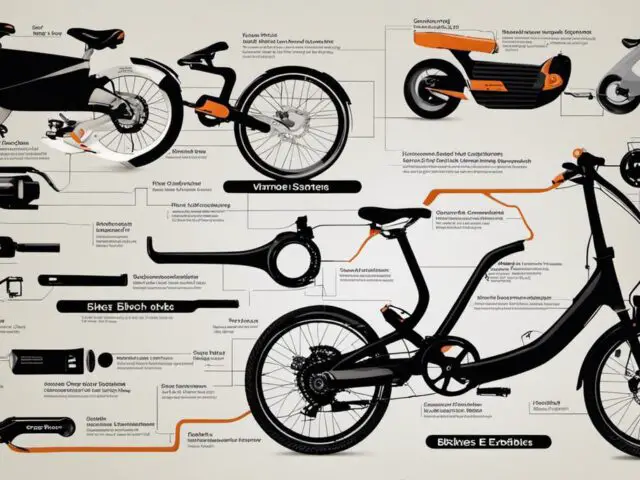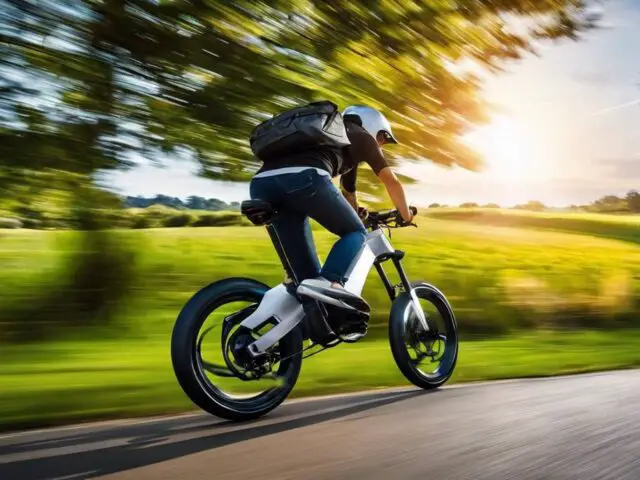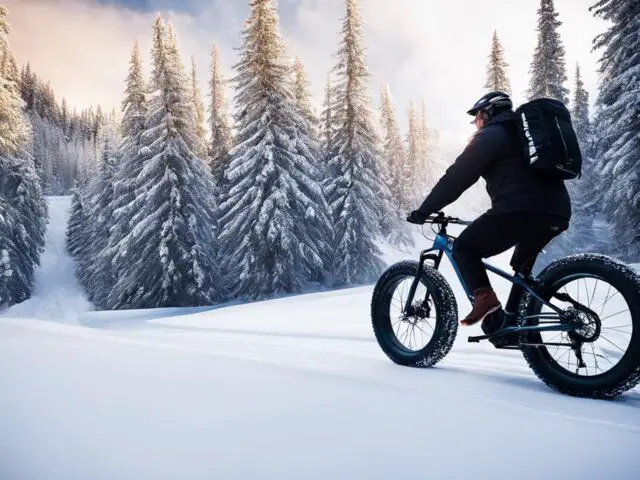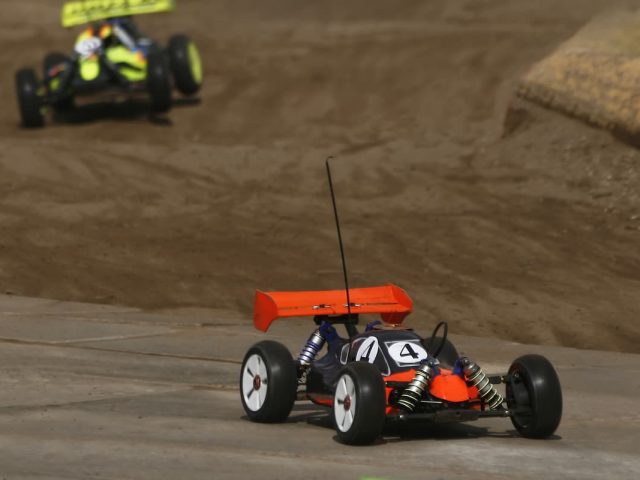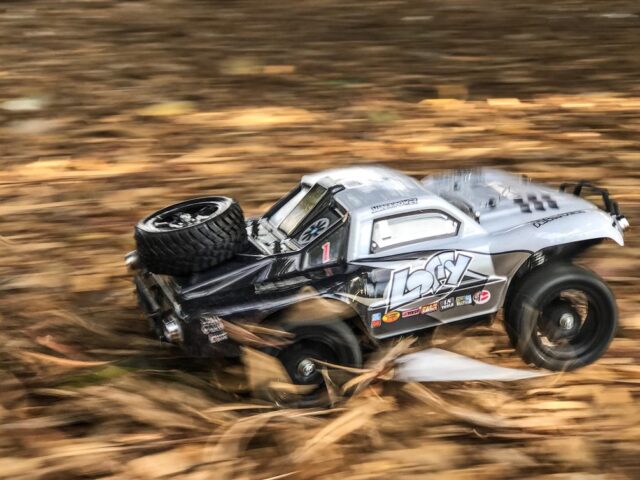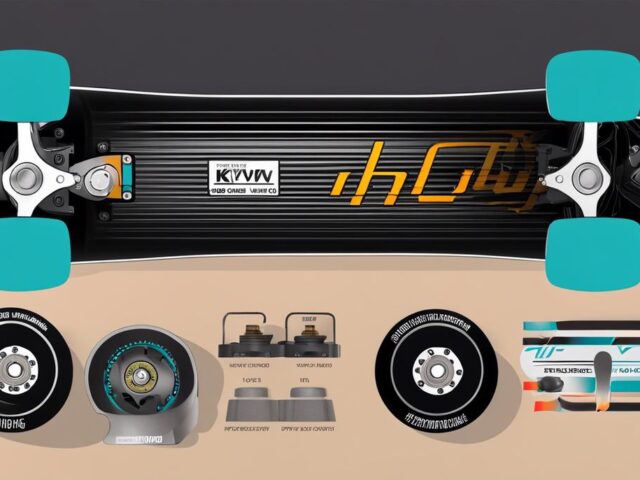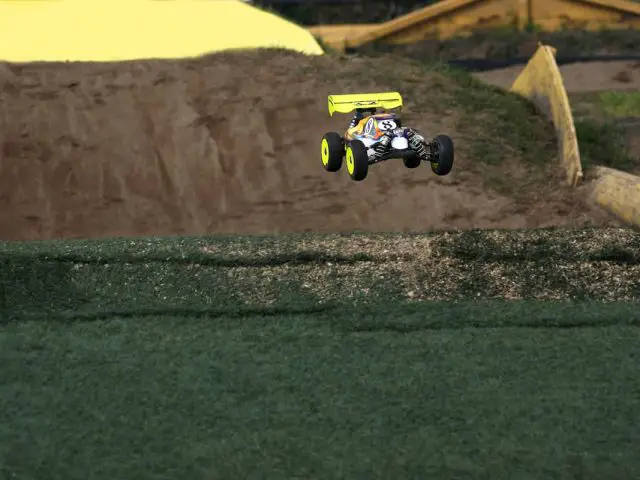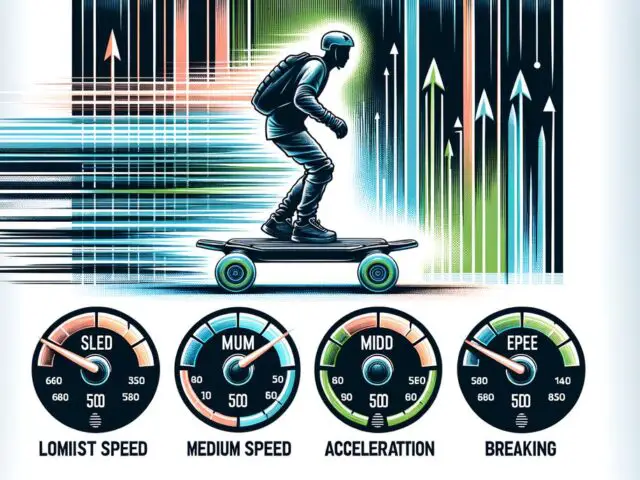In the rapidly evolving world of First Person View (FPV) drones, there are a plethora of factors to consider, especially in the context of legality and compliance.
Across the United States, the Federal Aviation Administration (FAA) has laid out a detailed set of regulations governing the use of these remarkable machines. Pilots, whether they fly for fun or for commercial purposes, must navigate a delicate balance between enjoying the thrill of FPV drone flying and adhering to strict rules to ensure safety and legality.
From the basics of drone registration to intensive flight restrictions in specific zones and during certain times, this discourse will venture into the intricacies of FAA regulations for FPV drones.
FPV drone regulations in the United States
The first question you might ask yourself before entering the hobby of FPV drone flying might be “Is FPV Illegal?” Operating First Person View (FPV) drones in the U.S. is not only exhilarating, but is also dictated by several laws and regulations; as clear-cut as they come, in order to keep the skies safe and accessible.
The Federal Aviation Administration (FAA) is in charge of regulating drone flight in the U.S., which includes FPV drones that are heavier than 0.55 pounds. This weight threshold excludes the drone’s camera and other attached equipment.
All FPV drones which exceed this weight limit must be registered with the FAA, regardless of how they are used. Registration can be completed online and the drone must bear the registration number.
If ANY type of compensation is involved, the drone’s operator must also hold a Remote Pilot Certificate, obtained by passing the FAA’s aeronautical knowledge test. It’s also notable that FPV flying is essentially considered as flying “beyond visual line of sight (BVLOS)” and requires a waiver from the FAA, even when using a safety spotter as required by the standard FAA rules.
Adhering to FAA’s regulations, FPV drone flights are allowed during daytime or civil twilight (30 minutes before official sunrise to 30 minutes after official sunset, local time) with appropriate anti-collision lighting. Altitude limit is 400 feet above ground level or within 400 feet of a structure.
Speed limit is 100 mph and units should not be flown over groups of people, public events, or stadiums full of people. Several cities and states also have their own additional regulations that drone operators must be aware of, such as restricted zones and local privacy laws.
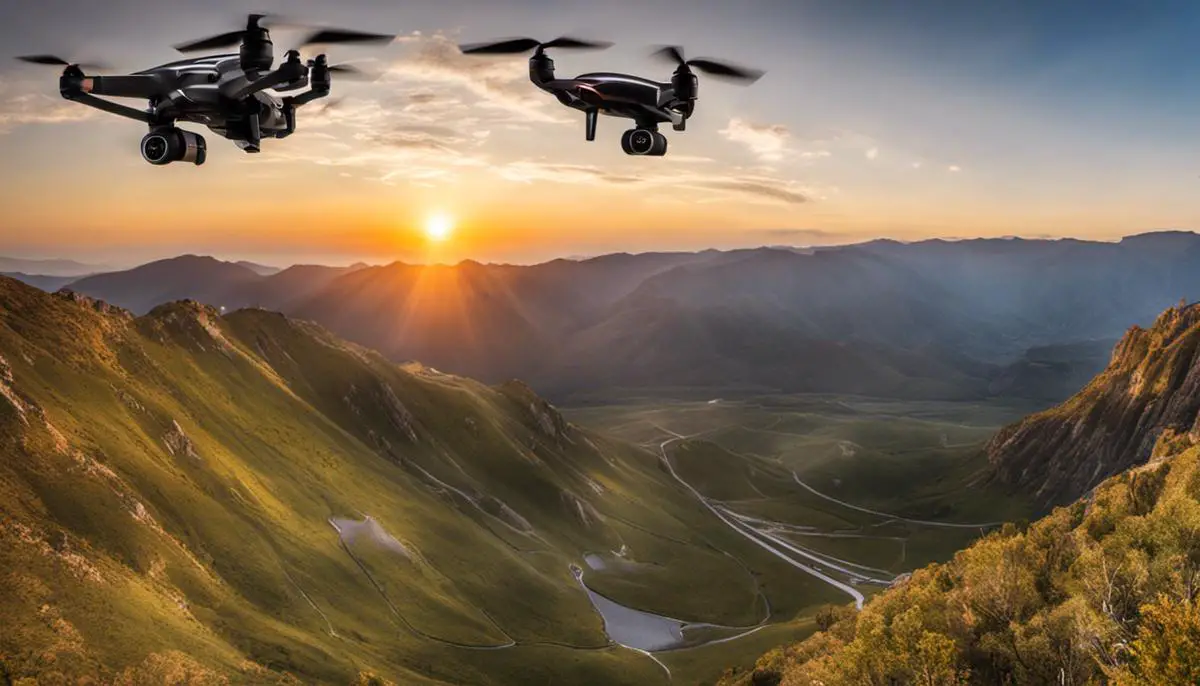
How To Fly A Drone Legally
Flying a drone legally is essential to ensure the safety of people and property, as well as to comply with aviation regulations. Here’s a guide on how to fly a drone legally:
Step 1: Register Your Drone (If Required)
Before you take off, you might need to register your drone with the appropriate aviation authority in your country. Some drones, especially those above a certain weight threshold, may require registration for identification and safety purposes.
Step 2: Understand Local Regulations
It’s crucial to familiarize yourself with the local regulations governing drone flights. These regulations can vary from one place to another, so you need to know the rules specific to your area. Here are some common rules:
- No-fly Zones: Be aware of no-fly zones, which typically include airports, government buildings, and crowded areas. Respect these restrictions to avoid accidents and legal issues.
- Altitude Limits: Many countries set maximum altitude limits for drone flights, often around 400 feet (120 meters) above ground level. Stick to these limits to prevent conflicts with manned aircraft.
- Visual Line of Sight (VLOS): Keep your drone within your visual line of sight at all times. This ensures you can see and avoid obstacles, as well as other aircraft.
- Privacy: Respect people’s privacy by not flying your drone over their private property without their permission. Avoid capturing images or videos of individuals without consent.
Step 3: Choose Safe Flying Locations
Select safe and suitable locations for your drone flights. Parks, open fields, and designated drone flying areas are often good choices. Make sure the area is free from hazards and far from airports or restricted zones.
Step 4: Perform a Pre-flight Check
Before each flight, perform a pre-flight check to ensure your drone is in good working order:
- Check the battery level and ensure it’s fully charged.
- Inspect the drone for any physical damage.
- Ensure the propellers are securely attached.
- Verify that the GPS signal is strong (if applicable).
- Calibrate your drone’s compass and gyroscopes as recommended by the manufacturer.
Step 5: Fly Safely and Responsibly
When you’re ready to fly, keep these safety tips in mind:
- Avoid flying in adverse weather conditions like strong winds, rain, or low visibility.
- Be cautious of wildlife; your drone might disturb animals, so maintain a safe distance.
- Fly at a safe and controlled speed, especially in confined spaces.
- Respect the privacy of others and avoid filming or photographing people without their consent.
Step 6: Respect Others
Always be courteous to others sharing the airspace or the ground with you. If someone expresses concern or discomfort about your drone, consider moving to a different location or explaining your intentions politely.
Step 7: Keep Records and Abide by Reporting Requirements
Some countries or regions may require you to keep flight records, especially for commercial drone operators. Be sure to comply with any reporting or documentation requirements set by your local aviation authority.
By following these steps and adhering to local regulations, you can enjoy flying your drone safely and legally while minimizing the risk of accidents or legal issues. Drone technology can be a fantastic hobby or tool when used responsibly and within the confines of the law.
Technology and automation in FPV drone compliance
With the maze of FPV drone laws and regulations, many of which vary from place to place, leveraging technology and automation can significantly simplify compliance. Crucially, smart technology can manage the myriad prerequisites, restrictions, and location-specific laws that need to be considered before operating FPV drones. This is achieved through drone mapping, operation logger software, and automatic collision avoidance systems, which markedly contribute to keeping FPV drone enthusiasts on the right side of the law.
Drone mapping technology, largely made possible due to advancements in GPS and LiDAR, allows drone operators to mark and avoid flying in restricted areas, including stadiums and public events.
This assists in abiding by FPV drone laws, and also helps to respect local privacy laws. Operation logging software has the ability to automatically record flight data, a requirement particularly for those under stricter regulation such as holders of a Remote Pilot Certificate. This allows for easy reporting, reduces burden on the pilot, and ensures accurate tracking of flights.
Furthermore, drone technology continues to evolve with the introduction of automatic collision avoidance systems which use sensors to detect and avoid objects, aiding in meeting anti-collision lighting requirements stipulated by the FAA.
Whether you’re flying within or beyond visual line of sight, this technology plays a vital role in adhering to safety standards. While it’s important to remember automation isn’t a replacement for responsible piloting, it’s undoubtedly opened up a new world of possibilities and safety enhancements for FPV drone operators.

As FPV drone technology continues to evolve at an unprecedented rate, so too does its capacity for automated compliance with FAA regulations. The advent of advanced features such as geofencing, automated flight paths, and altitude control has the potential to significantly reduce human error, thereby enhancing safety and ensuring adherence with aviation laws.
Drones aren’t just transforming the way we view the world; they’re leading us into a new era of digital automation, where compliance is more efficient and accessible than ever. As drone enthusiasts, it’s our responsibility to embrace these new paradigms and conform to the regulatory structures that keep our skies safe.
Helpful Links
For all your RC Questions, Click HERE
If you are interested in RC cars and trucks, RC World has you covered.
For RC boats and watercraft, check these articles out.
For all your RC Airborne endeavors, we have everything you need.
Definitive Guide to Safe E-Bike Commuting
The world of commuting is rapidly evolving, and E-Bikes constitute a significant part of this transformation. As individuals seek more eco-friendly and efficient forms of travel, E-Bikes have…
Electrify Your Fishing Game with E-bikes
Fishing and biking – two passions that, when combined, create an extraordinary duo in the great outdoors. As an introduction, let’s dive deep into the remarkable world of…
Six Reasons to Ride a Fat Tire Electric Bike
In an era where practicality, health, and sustainability are at the forefront of our minds, the fat tire electric bike has emerged as an exhilarating solution to all…
A Guide To Short Course RC Racing
If you are an RC car enthusiast, then you must have heard of short course racing. When I was new to the RC world I always wondered what…
All You Need To Know About The Best RC Car Brands
If you are looking for an exciting hobby that will give you hours of excitement and thrilling heart pumping speed, in a small form factor, and right from…
Downhill Thrills: Electric Skateboard Racing
In the pursuit of adrenaline and precision, the electric skateboard community is constantly pushing the boundaries of speed and agility, particularly in the exhilarating realm of downhill racing….
Boost Electric Skateboard Power
Electric skateboards offer a seamless blend of technology and thrill, propelling riders with the simple push of a throttle. Yet, enthusiasts like us yearn for more – more…
What does Bashing Mean in the RC Racing Community?
If you like RC racing then you must have heard the term “Bashing” at least once. It’s not uncommon to be unfamiliar with the term if you are…
Maximizing Safety with Electric Skateboard Speed Modes
Electric skateboards are revolutionizing the way we move and offering a blend of excitement and convenience in personal transport. With various speed modes at the heart of their…

